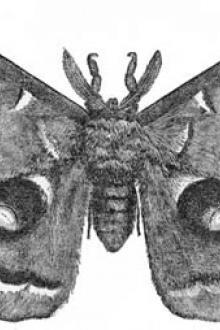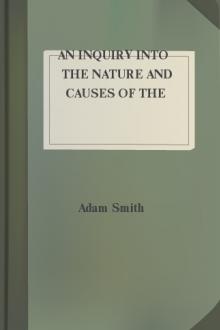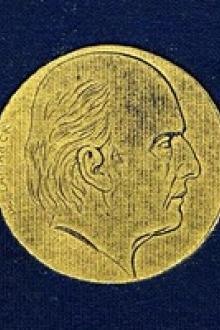Our Common Insects
Our Common Insects
A Popular Account of the Insects of Our Fields, Forests, Gardens and Houses
The natural system, if we mistake not, is the genealogy of organized forms; when we can trace the latter, we establish the former. Considering how much naturalists differ in their views as to what is a natural classification, it is not strange that a genealogy of [Pg ii]animals or plants seems absurd to many. To another generation of naturalists it must, perhaps, be left to decide whether to attempt the one is more unphilosophical than to attempt the other.
Book Excerpt
bird, the lowering of the wing is the only active period, though the return stroke seems to sustain the bird, the air acting on the wing. The bird's body is horizontal when the wing gives a downward stroke; but when the beat is upward, the bird is placed in an inclined plane like a winged projectile, and mounts up on the air by means of the inclined surfaces that it passively offers to the resistance of this fluid.
[Illustration: 11. Trajectory of an insect's wing.]
[Illustration: 12. Trajectory of a bird's wing.]
In an insect, an energetic movement is equally necessary to strike the air at both beats up and down. In the bird, on the contrary, one active beat only is necessary, the down beat. It creates at that time all the motive force that will be dispensed during the entire revolution of the wing. This difference is due to the difference in form of the wing. The difference between the two forms of flight is shown by an inspection of the two accompanying figures (11, 12). An insect's wi
Editor's choice
(view all)Popular books in Nature, Non-fiction
Readers reviews
0.0
LoginSign up
Be the first to review this book

 Free Download
Free Download
























-itok=vcKIB5v1.jpg)